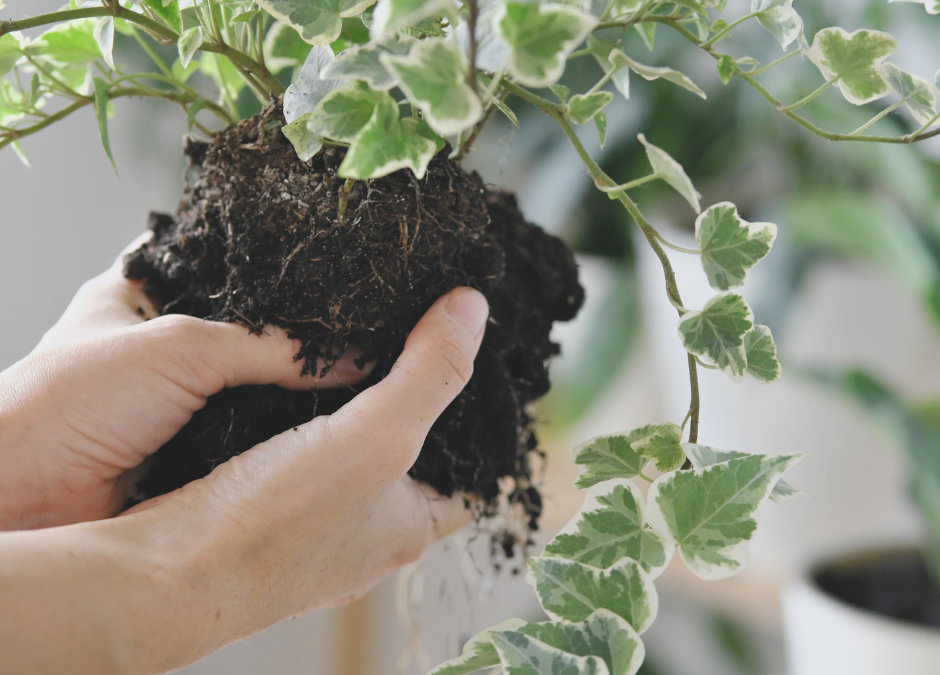Indoor plants bring more than just visual appeal to our living spaces. In addition to improving air quality, they reduce stress levels as well. Proper nourishment and care are fundamental to the health and longevity of these beautiful plants.
Understanding the nutritional requirements of indoor plants is key to their upkeep. Unlike their outdoor counterparts, which can draw nutrients from the earth, indoor plants rely solely on what we provide. In this comprehensive guide, we will explore fertilizers available and share strategies for ensuring that indoor plants receive proper nutrition.
Why is Fertilizer Vital for Indoor Plants?
Unlike outdoor plants, indoor ones have limited access to naturally occurring nutrients. The overall wellbeing and development of indoor plants can be compromised over time as their soil loses essential nutrients. Fertilizing these plants helps replace these missing components, supplying them with the necessary elements to flourish.
When to Fertilize Indoor Plants?
Fertilizing plants depends on the type of plant, the growing season, and the type of fertilizer used. Indoor plants often benefit from fertilizing from early spring through the height of their active growing season. Most indoor plants go through a time of rest and require less fertilization during the winter months while they are dormant.
Types of Fertilizers for Indoor Plants
Following are some of the famous types of fertilizers that work wonders for your indoor plants:
Fertilizers for indoor plants come in several forms.
Liquid Fertilizers
These fertilizers are concentrated and simple to use. When watering the plant, they can be combined with water and poured straight into the soil. Both foliage and flowering plants can benefit from the quick source of nutrients provided by liquid fertilizers.
Granular Fertilizers
Granular fertilizers are designed to release nutrients gradually over an extended period. They are also known as slow-release fertilizers. They are typically sprayed on the soil’s surface or absorbed into the soil during potting. In the case of plants that need fertilization less frequently, slow-release fertilizers are the most appropriate.
Organic Fertilizers
Natural fertilizers such as compost, manure, and plant materials are created from natural sources. They enhance soil structure, encourage advantageous microbes, and gradually release nutrients. For indoor plants, organic fertilizers are a sustainable and environmentally friendly choice.
Synthetic Fertilizers
Synthetic or chemical fertilizers are manufactured and provide a concentrated source of nutrients. Although they provide speedy results, excessive use can be damaging to the soil and environment. To avoid over-fertilizing while using synthetic fertilizers, it is essential to strictly follow the application guidelines.
Best Practices for Fertilizing Indoor Plants
The best practices for fertilizing your indoor plants are as follows:
Choose the Right Fertilizer
Make sure the fertilizer you choose matches the unique requirements of your indoor plants. Think about elements such as plant type, stage of development, and the presence of flowers or fruits. To learn about the nutritional composition and the suggested application rate, read the fertilizer label.
Properly Dilute Liquid Fertilizers
When using liquid fertilizers, adhere to the label’s recommended dilution rate. Nutrient imbalances brought on by over-fertilization can harm plants. Applying a weaker solution more frequently is preferable to using a strong solution sparingly.
Fertilize During Active Growth
Make sure to fertilize indoor plants when the leaves and stems are actively growing. Avoid fertilizing plants during the winter months when they are dormant and resting.
Water Before Fertilizing
Water the plant well to ensure the soil is moist before fertilizer is applied. This avoids the risk of root burn that may happen when concentrated fertilizer comes into touch with dry soil.
Apply Fertilizer to Damp Soil
Apply granular fertilizers to damp soil and gradually massage them into the top layer of the soil before applying. As a result, nutrient runoff is reduced during irrigation, and fertilizer will not rest on the surface.
Avoid Fertilizing Weak or Stressed Plants
Fertilizing stressed or weak plants could exacerbate their symptoms. The underlying problems should be resolved before using fertilizer.
Monitor Plant Response
Observe your indoor plants’ reactions after fertilization. When you see signs of overfertilization, such as leaf burn or wilting, flush the soil with water to eliminate extra nutrients.
To Summarize
To ensure that indoor plants receive the nutrients required for strong development and colourful appearance, fertilizing is a crucial part of their care. Your plants will thrive all year long if you pick the right fertilizer and apply it properly. It’s important to take note of how fertilization affects the requirements of each plant. You can create an indoor sanctuary full of healthy, lush, and growing vegetation that offers joy and energy to your living spaces by giving correct fertilization along with other crucial care techniques like watering, light, and humidity.
Delving into the world of indoor plant care can be rewarding. At Fabian Seed Farms, we want to help you extend that care and knowledge to your farming activities. Our fourth-generation family-owned seed farm provides high-yield seeds and a hybrid approach to farming that balances conventional and organic practices.
Choose us for high-quality seeds, a range of agricultural products, and flexible financing options. Let’s reshape the future of farming together, with an eye on sustainability and better yields. Contact our sales team today to begin this journey with us. Choose quality, choose sustainability, choose Fabian Seed Farms. Together, we can cultivate a future that helps us, and the planet, thrive.
Reach out to explore our diverse seed collection!










